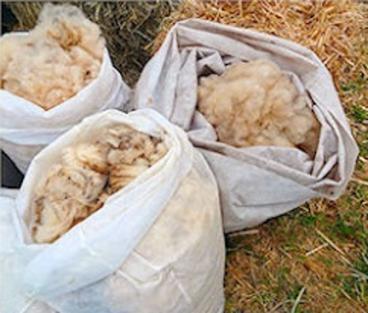
Tim Mack
Submitted by Tim Mack on
Wool is one of man’s oldest materials. It’s been in use for at least 3,400 years, but it was not effectively utilized until selective breeding reduced the hard outer layer (known as kemp) that protects the usable fleece. While the industrial uses for this material have grown over the years, the potential now is rapidly expanding. Wool is both water retentive and water repellant, fire resistant up to 1,382 degrees Fahrenheit (and does not melt, unlike synthetics). It’s being explored for use in silt and erosion control, military blast protection, and high-impact management in sports, and it even has been effective for soundproofing.
In an ecological context, wool is a natural, renewable, and sustainable material, as well as being nonallergenic, nonirritating, and mold-resistant. It only requires a fraction of the production and energy costs of manmade materials put to similar uses.
Wool can extinguish fire because of its high nitrogen content and an oxygen combustion level higher than ambient air. It is now being added to brick clay to increase strength by 37 percent. In the environmental remediation arena it has been used to clean up oil spills, and woolen coverings have been used to protect birds from petroleum poisoning.
Finally, the natural oil in wool (lanolin) is being used in pharmaceuticals, cosmetics, inks, tapes, motor oils, and auto lubricants. And to wrap up the theme of “miracle material,” some research suggests that a strand of wool appears to be stronger than a steel strand of same diameter.
Note: The take-away lesson here is that past or historical assumptions may be limiting potential rethinking of material utility and context. Recognizing such assumptions is especially appropriate where present markets are dwindling.
Timothy C. Mack is managing principal of AAI Foresight Inc.
Sources:
“Sheep By-Products: The Hidden Resource” (factsheet), Purdue University, Agriculture ANSC.
“New Eco Uses for Wool” by John M. Harper, UCCE Livestock and Range Topics, University of California, Agriculture and Natural Resources (October 11, 2010).
“20 Things You Didn’t Know About … Wool” by Margaret Shakespeare, Discover (November 2015).
Photo by Jan-Mallander, Pixabay.com (Creative Commons license).

